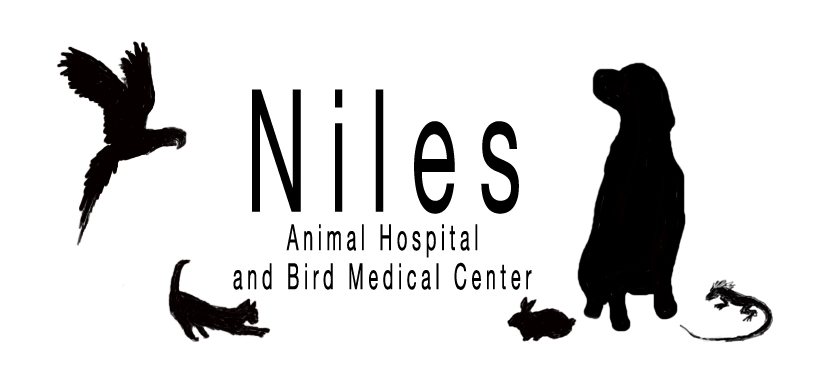With the onset of warmer weather (finally), the kids will be outside more and there is an increased likelihood they will come across some dogs. But some of this information pertains to your own dogs in the household! This article from the AVMA provides some great advice so you can prevent dog bites in children.
Teaching Children How to Prevent Dog Bites
Some easy tips that you can use to help kids understand the importance of respecting dogs and avoiding bites:
- Avoid unknown dogs. If you see a dog you don’t know and it’s wandering around loose and unsupervised, avoid the dog and consider leaving the area. Consider alerting animal control.
- When the owner is with their dog, always ask the owner for permission to pet their dog. Don’t ever pet a dog without asking first — even if it’s a dog you know, or a dog that’s seemed friendly toward you before.
- Teach children to confidently, quietly walk away if they’re confronted by an aggressive dog. Instruct them to stand still if a dog goes after them, then take a defensive position. It often helps to tell them to “be a tree:” stand quietly, with their hands low and clasped in front of them, remain still and keep their head down as if looking at their feet. If they are knocked down, teach them to cover their head and neck with their arms and curl into a ball.
- Teach children to avoid escalating the situation by yelling, running, hitting or making sudden movements toward the dog.
- Teach children that if a dog goes to bed or to his/her crate, don’t bother them. Enforce the idea that the bed or crate is the dog’s space to be left alone. A dog needs a comfortable, safe place where the child never goes. If you’re using a crate, it should be covered with a blanket and be near a family area, such as in your living room or another area of your home where the family frequently spends time. Do not isolate your dog or his/her crate, or you may accidentally encourage bad behavior.
- Educate children at a level they can understand. Don’t expect young children to be able to accurately read a dogs’ body language. Instead, focus on gentle behavior and that dogs have likes and dislikes and help them develop understanding of dog behavior as they grow older.
- Teach children that the dog has to want to play with them and when the dog leaves, he leaves — he’ll return for more play if he feels like it. This is a simple way to allow kids to be able to tell when a dog wants to play and when he doesn’t.
- Teach kids never to tease dogs by taking their toys, food or treats, or by pretending to hit or kick.
- Teach kids to never pull a dog’s ears or tail, climb on or try to ride dogs.
- Keep dogs out of infants’ and young children’s rooms unless there is direct and constant supervision.
- As a parent, report stray dogs or dogs that frequently get loose in your neighborhood.
- Tell children to leave the dog alone when it’s asleep or eating.
- Sometimes, especially with smaller dogs, some children might try to drag the dog around. Don’t let them do this. Also discourage them from trying to dress up the dog — some dogs just don’t like to be dressed up.
- Don’t give kids too much responsibility for pets too early — they just may not be ready. Always supervise and check on pet care responsibilities given to children to ensure they are carried out
- Remember: if you get your kids a pet, you’re getting yourself a pet, too.
